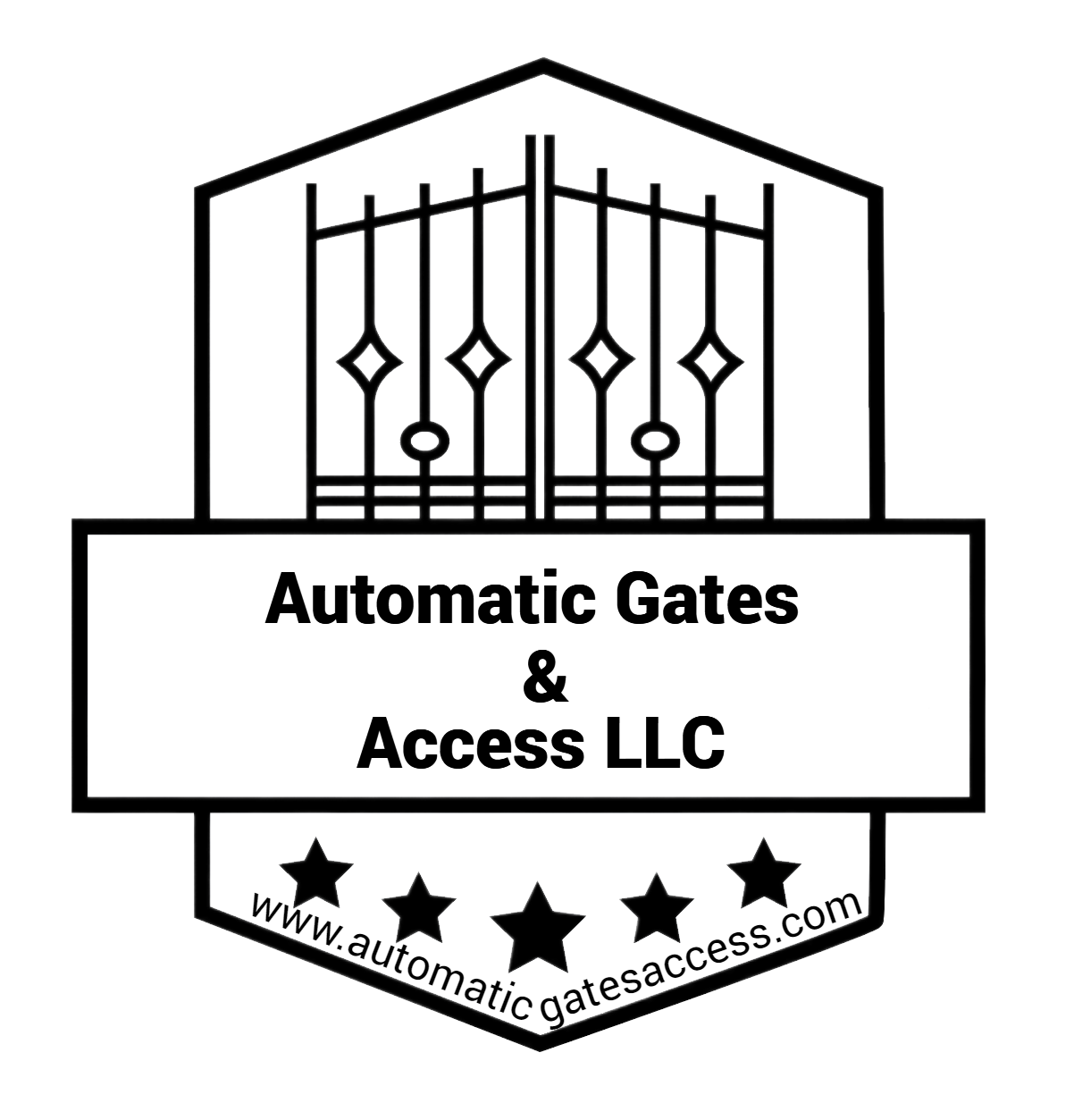
You can spend anything you want on an outdoor kitchen, from $500 for a freestanding grill with a rolling side cart to $50,000 for a fully outfitted cooking and entertaining zone with built-in, high-end appliances, stone countertops and plenty of room for guests. Most people will find the perfect fit someplace between these two extremes. Here are a few things to keep in mind as you decide how much you should spend on your outdoor kitchen.
An outdoor kitchen is your money well spent. The return on investment (ROI) for building an outdoor kitchen is from 55% to 200% depending on your location and comparable homes in the area. So, you need to do a little research to find out where on that scale your ROI will be.
How often will my outdoor kitchen get used? In a cold climate, you may only use the outdoor kitchen for two or three months of the year. If you live in Southern California, the outdoor kitchen may be a year-round extension of your home. How much you should invest in the project should be proportionate to how much you’ll use the space.
What are the neighbors doing? If you want to get a reasonably good return on your investment at resale, don’t improve far beyond the level of the neighborhood. In other words, your backyard shouldn’t be the only or the most expensive outdoor kitchen on the block.
Did you factor in the tax increase? If you must file building permits, your property will likely be reassessed for the value of the project, and your property taxes may increase accordingly.
Sure, a super-sized grill with infrared searing zones, dual fuel, a rotisserie and a side burner looks awesome in the showroom, but if all you ever grill are burgers and hot dogs for your family of four, you’ll be spending a bundle on features you don’t need.
Make a list of must-haves and not-necessary items then determine if you need them right away or if they can wait until next season or the one after that. By prioritizing and deferring some of the features, you may be able to get your dream kitchen even if it’s not all at once.
You may find picking out cabinets and countertops mind-boggling because there are so many choices when it comes to the types of materials. Style and budget may be your top concern, but durability should also be a key issue. You want to invest your hard-earned dollars in materials that will stand up to the elements and last a long time. Your climate will be your first consideration — hard winters and intense summers will limit your cabinet and countertop substrates. Also, your climate may dictate how much long-term maintenance you’ll need to give your cabinets and countertops. Will your outdoor kitchen be exposed to the elements or is it under a covered patio? Direct sunlight can fade colored surfaces, while pelting rain and inches of snow sitting on the surface will wear down materials far quicker than those in a kitchen under a covered patio.
Build in phases. Your budget may not allow you to get your dream kitchen all at once, especially if you’re DIYing some of it. Start with your foundation and utilities.
Decide what is necessary and what can be deferred until next year. Cabinets with solid surface countertops and built-in appliances are most often a must-have item, but if your budget is tight, put them off until next season. Implement rolling carts, portable tables and large coolers instead — there are many ways you can make these items look festive and fun for any occasion. Start your spending on the star of any outdoor kitchen, the grill. You can still make memorable meals on a quality grill no matter what else you have around it. Grills on rolling carts are a nice way to plan for an upgrade later.
Plan ahead for utilities. Running utility lines — gas, electricity and water — to your outdoor kitchen can eat up a large chunk of your budget. If you’re thinking of waiting on installing those utility lines, keep in mind that adding them down the road might cost more if you have to rip up patios, decks or walls. If you plan on being in the house a long time and know it’s worth the investment, start with the utilities then defer the other high-dollar features for a while. If you’re not planning on staying in the house long term, weigh the cost of the investment; having outdoor utilities in place may boost your home’s resale value. Talk to some local real estate agents to find out what sells in your area.
You may think hiring a general contractor will cost more, but it may actually help you save. A contractor will make sure you have licensed sub-contractors — plumbers, electricians, landscapers — who work on your project. They’ll also know the correct order and timing for each aspect of the project. A good contractor will be able to pull the permits for you and take care of any needed inspections.


